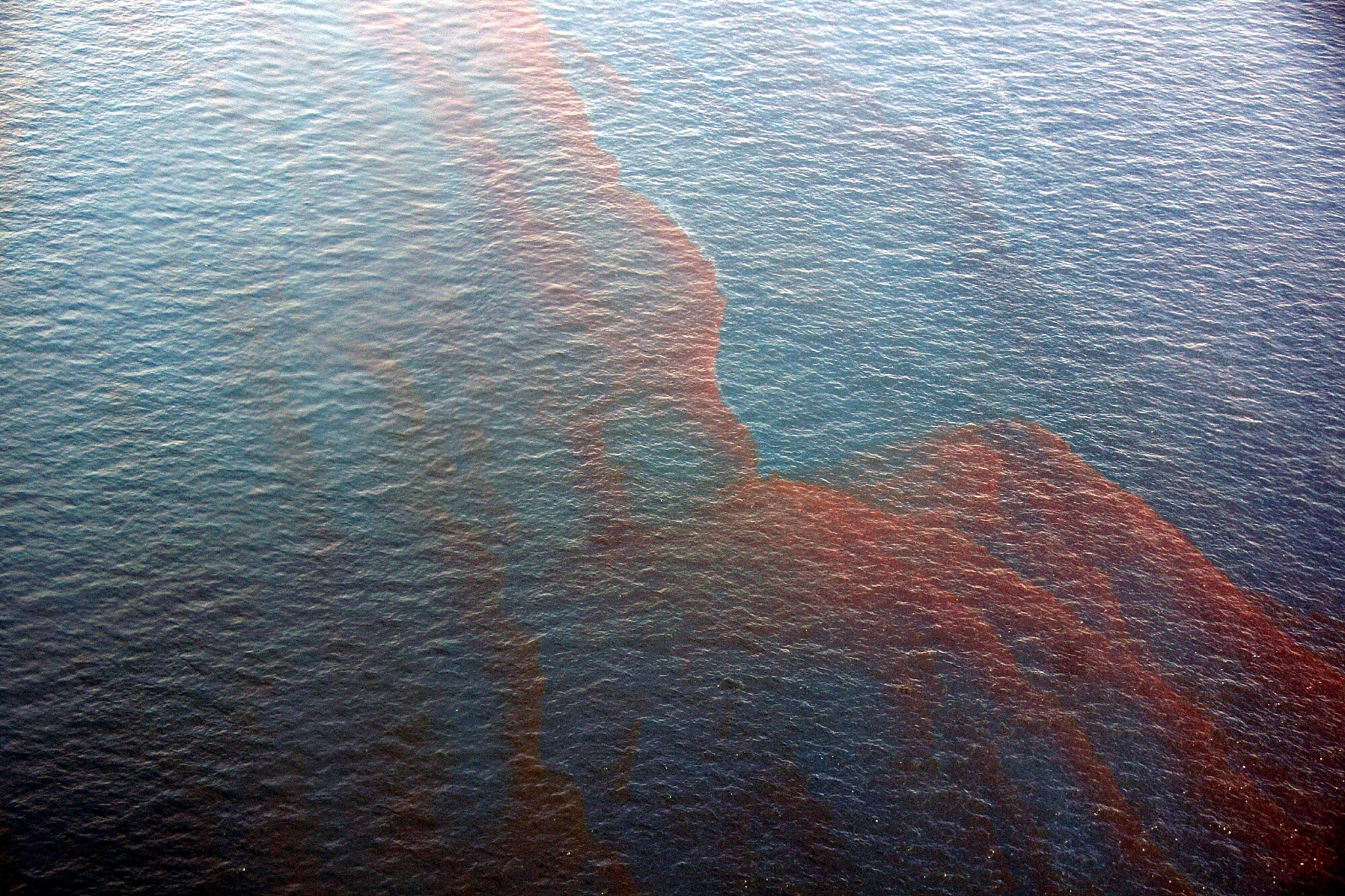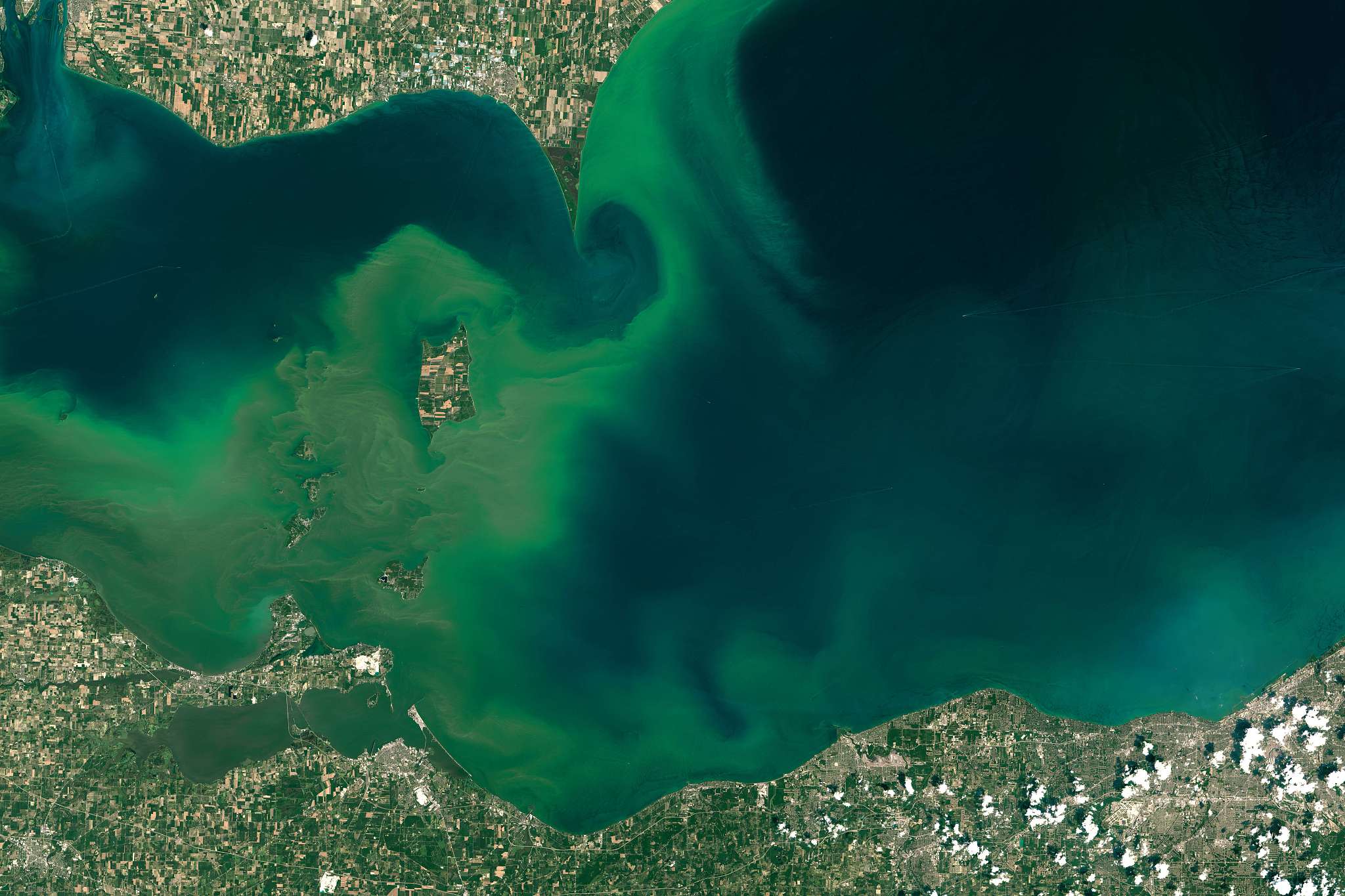Fish kills and respiratory irritation were reported in the counties of Sarasota and Charlotte in the U.S. state of Florida over the past week, following a red tide caused by more than 200 million gallons of wastewater pumped out of a former phosphate plant into Port Manatee on April 9, 2021, according to the Florida Fish and Wildlife Conservation Commission.
In January this year, red tides occurred in Shenzhen Bay in Shenzhen City, south China's Guangdong Province. The rare, large-scale Phaeocystis globosa red tide in Shenzhen was the largest in recent years, according to Shenzhen Evening News.
These red tides, which color the water, threaten the marine environment.

Red tides in Pula, a seafront city on the tip of Croatia's Istrian Peninsula, March 29, 2021. /VCG
Red tides in Pula, a seafront city on the tip of Croatia's Istrian Peninsula, March 29, 2021. /VCG
Red tides, also called harmful algal blooms, occur when microscopic algae multiply to higher-than-normal concentrations, often discoloring the water. However, red tides are not always red. Different plankton cause different colors in the water. Eutrophication of sea water, suitable water temperature and salinity, latitude location, season, ocean current, sea area closure and other natural factors can all lead to red tides.

Red tides in the waters of Ulleung-do Island in South Korea, August 19, 2013. /VCG
Red tides in the waters of Ulleung-do Island in South Korea, August 19, 2013. /VCG
These floating red ghosts are a great threat to marine ecology.
A large number of red tide organisms gather in the gills of fish, causing fish to suffocate due to lack of oxygen. Even after these organisms die, they can still cause damage. After the death of red tide organisms, the algae in the decomposition process consume a large amount of dissolved oxygen in the water, resulting in the death of fish and other marine life due to oxygen deprivation.
Not all the algae that cause red tides are toxic. However, when the algae that cause red tides are toxic, in addition to the threats to the ecosystem described above, there are the following threats.
According to National Geographic, the neurotoxins produced by harmful algae blooms can cause massive fish kills, with dead fish washing up on shores by the thousands. The toxin works its way through the food web, with other species preying on the sick fish. The toxins can even produce a foam that causes seabirds to lose the waterproofing on their feathers, resulting in their death.

Red tides in western Lake Erie in North America, July 28, 2015. /VCG
Red tides in western Lake Erie in North America, July 28, 2015. /VCG

